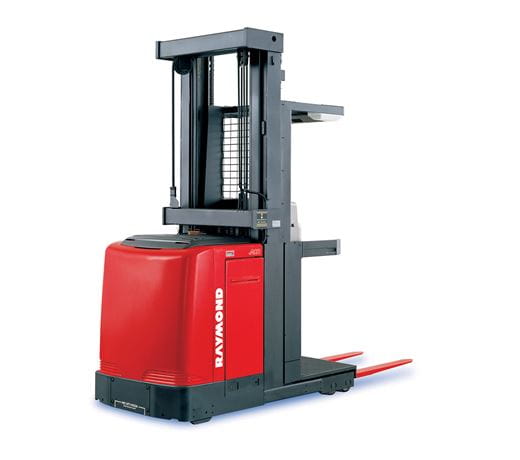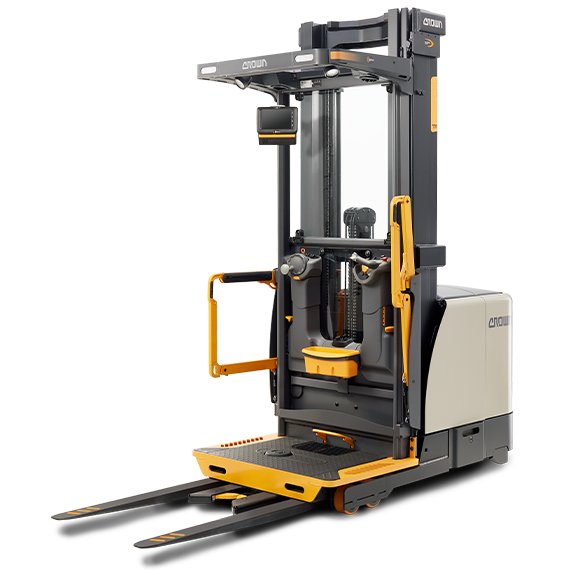
stock picker model
Unveiling the Secrets of the Stock Picker Model
A deep dive into the intricate world of stock selection, where the stock picker model reigns supreme. This guide explores the key elements, challenges, and opportunities within the stock picker model.
Understanding the Stock Picker Model
The stock picker model is a methodology used by investors who believe they can identify undervalued or promising companies and generate returns above the market average. At its core, the stock picker model emphasizes the ability to "pick" the winning stocks from a pool of available investments, hence the term "stock picker model". This often involves detailed fundamental analysis, considering factors like financials, management, industry trends, and even macroeconomic considerations. A fundamental element of a strong stock picker model hinges upon accurate, reasoned judgment. A good stock picker model relies upon comprehensive, and regularly updated information to effectively select and re-evaluate investments. The stock picker model isn't a guaranteed path to riches, though for certain investor profiles it can be incredibly valuable. Within this framework, meticulous analysis and shrewd market evaluation are crucial aspects of the stock picker model.
What Does the Stock Picker Model Involve?
The stock picker model, a widely-used investment strategy, involves numerous activities. It encompasses comprehensive fundamental research, deep dives into industry dynamics, and diligent monitoring of a company's performance. Understanding the inner workings of a stock picker model often means dedicating substantial time and effort. Employing a thorough stock picker model isn't about quick wins but rather strategic moves that have staying power within the complex landscape of stock valuation and investment opportunities.
1. Thorough Fundamental Analysis – The Cornerstone of the Stock Picker Model
Deep-dive fundamental analysis is the bedrock of the stock picker model. Analyzing financial statements, examining management quality, assessing competitive advantages, understanding industry trends, and gauging economic factors – all fall under this heading. A well-structured stock picker model makes use of reliable and relevant data.
2. Assessing Market Trends – Staying Ahead of the Curve in the Stock Picker Model

Source: johnstonequipment.com
Tracking macroeconomic indicators, following market sentiment, and discerning overall economic trends, are vital for investors using the stock picker model. Accurate forecast based on historical data, market behavior, and industry analysis is paramount in effective stock picker model execution.
3. Risk Assessment and Portfolio Construction Within the Stock Picker Model

Source: xilin.com
Thorough risk assessment within the stock picker model is critical. Investors need to assess both the potential risks associated with their selected investments and incorporate this analysis into their diversified portfolio design. In the world of the stock picker model, risk aversion is a key concern to safeguard against significant potential losses, so diversifying portfolio across many companies to limit risk in a stock picker model is a fundamental concern. A proper stock picker model approach to risk involves constant review, re-evaluation, and adjusted portfolios to remain on top of volatile market conditions.
4. Setting Realistic Goals Within a Stock Picker Model Strategy
Clear and achievable goals for investment within a stock picker model. Investors need to outline realistic expectations and define performance measures relative to both short-term gains and long-term projections, important features of the stock picker model. It is important not to chase unrealistic, potentially risky returns. Within a structured stock picker model, sticking to pre-defined metrics and evaluation periods ensures more accurate evaluations and potential returns.
Building a Strong Stock Picker Model
The secret to constructing a powerful stock picker model isn't found in any one strategy but rather in integrating multiple analytical methods to make informed decisions based on their own, personal needs and stock picking method, in a well-defined stock picker model.
5. Identifying Potential Investment Opportunities and Opportunities with Stock Picker Models
An effective stock picker model seeks companies demonstrating signs of underappreciation and potential for significant growth. Identifying potential opportunities and using the appropriate tools to find undervalued companies are important to stock picker model design and success. The proper identification of a promising candidate company in a stock picker model should lead to accurate and informed decision making.
6. Monitoring Stock Performance and Adjustments in a Stock Picker Model
Staying abreast of market fluctuations, evaluating changes in earnings reports, and reacting to adjustments are critical parts of the ongoing stock picker model. A stock picker model requires investors to monitor their holdings to manage market downturns and opportunities, constantly adjusting the stock picker model in real time.
7. Diversification in the Stock Picker Model Framework
An investor following the stock picker model framework needs to be aware of the critical importance of maintaining adequate diversification across the market sectors, in particular to create a well-rounded stock picker model, this will lead to stability. Inherent in an advanced stock picker model is diversification and adjusting the investment strategy as market situations change in the stock picking process, is paramount for ongoing success. A stock picker model has to factor diversification into the equation and to regularly rebalance portfolios for proper function.
Key Considerations For A Robust Stock Picker Model
Thorough research and reliable sources, combined with a focus on thoroughness, are key elements of a well-structured stock picker model. Continuous updating and adjustment according to relevant information will be vital components of your investment model to be competitive within stock market environment and using a structured stock picker model methodology.
8. Emotional Intelligence and Avoiding Common Pitfalls in the Stock Picker Model

Source: hyster.com
Controlling emotions (fear and greed) is important for success in any investment model; this includes the stock picker model. Impulsive actions stemming from emotional highs or lows will negatively impact success within your investment stock picker model strategy. Patience and discipline in evaluating stocks is a virtue with respect to the stock picker model approach.
9. Long-Term Stock Picking for Sustainable Returns – Stock Picker Models
Long-term focus on fundamentals is usually the optimal strategy to follow for success, allowing opportunities to come to light, leading to growth. A strong stock picker model is constructed upon thoughtful stock evaluation with an investment timeframe based upon fundamental stock analysis that can benefit greatly from a sustained investment timeline in order to realize the model’s potential success. Consistent use and rigorous use of the stock picker model framework can produce long term stability.
10. Backtesting the Stock Picker Model – Evaluating Past Performance in the Stock Picker Model
Conducting backtests to evaluate past performance of chosen strategies is often essential to determine a viable model, often vital when using a stock picker model in order to determine effectiveness within different market scenarios. Careful and controlled backtesting and consistent re-evalution will provide greater awareness on how the stock picker model will act.
11. Tools for Enhanced Stock Analysis – Supporting the Stock Picker Model Strategy
Employing tools and software for financial analysis, stock data, and market tracking. A rigorous analysis methodology is a cornerstone in the construction of a robust and stable stock picker model. Understanding the tools of the trade and their proper implementation with the stock picker model methodology is vital for ongoing success.
12. Adapting the Stock Picker Model to Changing Markets
Markets are dynamic environments. The ability to adapt and modify a stock picker model according to evolving circumstances, such as changing economic or industry dynamics, will contribute significantly to its continued success and robustness. Employing a highly versatile, flexible approach to market shifts and a well-considered framework to analyze market and portfolio opportunities in the ever-changing stock picking arena and is key to stock picker models.
Conclusion

Source: crown.com
The stock picker model offers an enticing prospect for above-average returns. However, this model demands dedication to understanding market fluctuations, industry trends, and stock fundamentals; in short a very flexible, highly adaptive approach is vital to succeeding with a robust stock picker model approach in this dynamic arena. Consistent research, skillful execution, and the proper, adaptable and detailed stock picker model framework are all necessary in pursuing investment opportunities for returns within stock picking methods. A stock picker model which adapts to the dynamism of market changes will ultimately lead to investor success.


